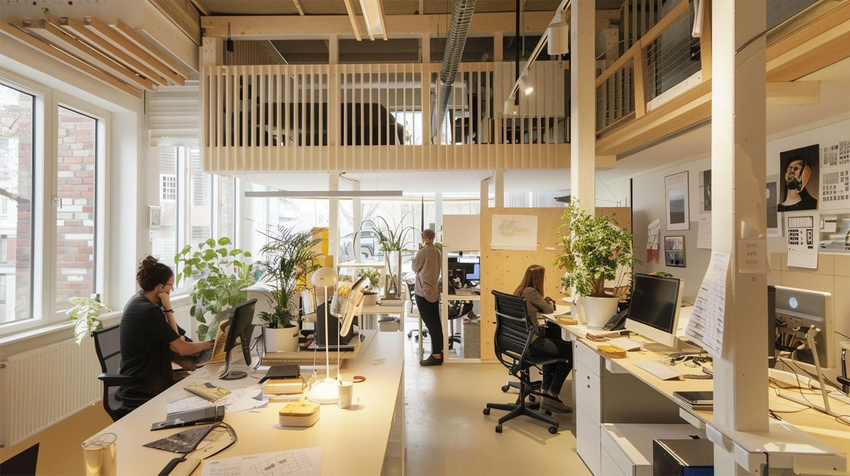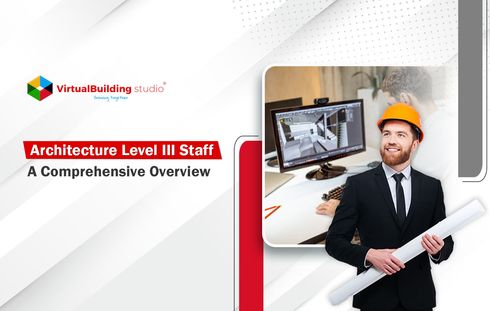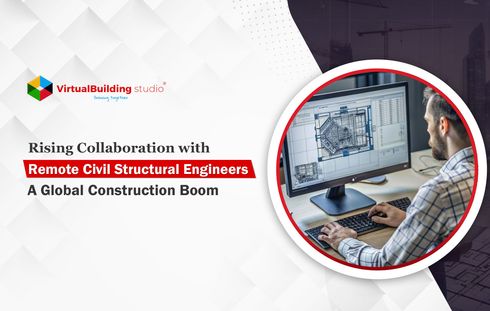
Significant changes have occurred in the global Architectural, Engineering, and Construction (AEC) industry, especially in the management and delivery of architectural services. Historically, architects were restricted by location and physical presence and worked in specialized offices. Nonetheless, the emergence of digital tools and worldwide communication networks has completely changed how architectural firms conduct business.
The tendency toward recruiting specialized architects is a significant step in this shift; this is frequently achieved through remote hiring procedures or contracting out work to specialized resources abroad. This article examines the development of architectural services, emphasizing how the AEC sector is impacted by hiring specialized architects, hiring remotely, and using offshore knowledge.
The Traditional Model: Localized Architecture Practices
Architecture has always been a location-based profession. Typically, local businesses employed architects, who performed their work on-site and had direct contact with clients, contractors, and government agencies.

Due to the nature of the profession, which necessitated frequent site visits, in-person discussions, and a thorough understanding of local construction codes, materials, and cultural context, it was unusual to hire a team of dedicated architects from several locations.
However, new opportunities for remote employment and outsourcing in the architectural sector have been made possible by technological improvements, leading to a shift in how businesses handle project management and talent acquisition.
Key Factors Driving Offshore Architectural Services in the AEC Industry
Several developments have contributed to the increasing adoption of remote hiring and offshore services within the AEC industry. Key factors driving offshore architectural services include:

Technological Advancements in the AEC Industry
The spread of cutting-edge technology like Building Information Modeling (BIM), 3D rendering software, and cloud-based project management platforms is one of the main causes of the increase in offshore architectural competence. Regardless of location, these solutions enable organizations to work effectively with distant teams of committed architects.
Architectural firms may now easily recruit architects remotely and collaborate in real-time with dedicated resources located all over the world because of the broad adoption of collaborative design tools, cloud storage, and video conferencing.
Cost Efficiency and Hiring Dedicated Resources
Cost savings are among the strongest arguments in favor of remote hiring for businesses. Employing a group of committed architects from less expensive locales enables businesses to keep high standards of quality while drastically cutting operating costs.
AEC firms can engage specialized resources in place of keeping a sizable in-house staff, lowering overhead costs and boosting project output.
Access to Global Talent and Expertise
Employers are no longer limited to selecting architects from their immediate areas due to the growing popularity of remote hiring procedures. AEC firms can have access to a wider variety of design viewpoints by hiring a team of dedicated architects from various locations.
Offshore architects provide novel concepts and cutting-edge methods that enhance the entire design process, resulting in more imaginative and contextually appropriate solutions.
Globalization and Standardization in the AEC Industry
Working with offshore teams has gotten easier for companies as the AEC industry crosses geographical constraints due to uniformity in construction codes, certifications, and project delivery processes.
Employing specialized personnel abroad guarantees businesses access to worldwide knowledge while complying with national and international laws.
Global recognition of international certifications such as LEED (Leadership in Energy and Environmental Design), BREEAM (Building Research Establishment Environmental Assessment Method), and WELL building standards facilitates international collaboration among project teams that adhere to common standards.
Challenges in Remote Hiring and Offshore Expertise
Although there are many advantages to employing specialized architects overseas, there are certain drawbacks to the procedure as well. Common challenges while dealing with remote teams include:

Communication Barriers:
When teams are dispersed over multiple linguistic and time zones, lack of clarity in the design intent, technical requirements, or project schedules leads to costly errors and delays.
Quality Control:
Without direct oversight, there is a risk that design standards or technical details may be overlooked, leading to inconsistent quality. Regular reviews, feedback loops, and a clear understanding of project goals are essential for successful collaboration and setting measurable benchmarks for deliverables.
Cultural and Aesthetic Differences:
While working on projects in regions with distinct aesthetic or architectural traditions, cultural differences can sometimes affect design choices. Balancing innovation with cultural sensitivity is key when hiring a team of dedicated architects from diverse backgrounds.
Embracing DRM Solutions for Offshore Architectural Expertise
The Dedicated Resource Model is an adequate choice for hiring dedicated architects and engineers to enhance project efficiency. The top 1% of architects and engineers integrate seamlessly into the project workflows within 3 days.

DRM solutions enable the AEC professional to eliminate the burden of sourcing, recruiting, training, and retaining talent. The flexibility of hiring dedicated resources allows the firms to meet their short-term and long-term goals with immediate access to a high-quality talent pool. Some of the key features of DRM solutions are:
- Assemble and onboard the suitable fit within 3 days.
- Ensure seamless integration and cultural fit with top-grade professionals.
- Hire experts thoroughly tested for technical, logical, and soft-skill abilities.
- Onboard talent with experience working with US-based companies.
The Future of Offshore Expertise in the AEC Industry
As the AEC industry continues to embrace digital transformation and remote collaboration, the trend of hiring dedicated architects offshore is expected to grow.

Several trends will likely shape the future of offshore architectural services:
- AI-powered design tools, cost estimation software, and project management platforms will streamline collaboration, making it easier for firms to hire dedicated architects remotely and manage projects more effectively.
- As sustainability becomes central to architectural practice, remote hiring will allow firms to access expertise in sustainable building techniques and materials from regions known for their green architecture initiatives.
- The globalization of the AEC industry will continue to promote cross-cultural collaboration, allowing firms to hire a team of dedicated architects from diverse regions.
Conclusion
Hiring dedicated architects remotely allows firms to tap into a vast global talent pool, ensuring access to unique skills and design perspectives that may not be locally available, and fostering more innovative and diverse architectural solutions.
As global connectivity improves, architectural firms are no longer confined by geographical boundaries, enabling them to leverage offshore expertise to meet tight project deadlines and scale operations efficiently.
By hiring teams of dedicated architects across different time zones, firms can create continuous work cycles, accelerating project timelines and boosting productivity.




